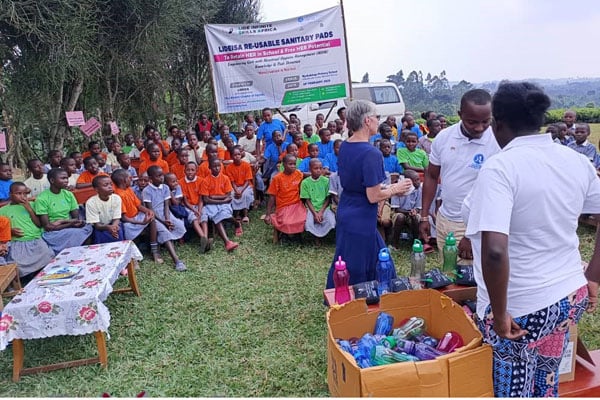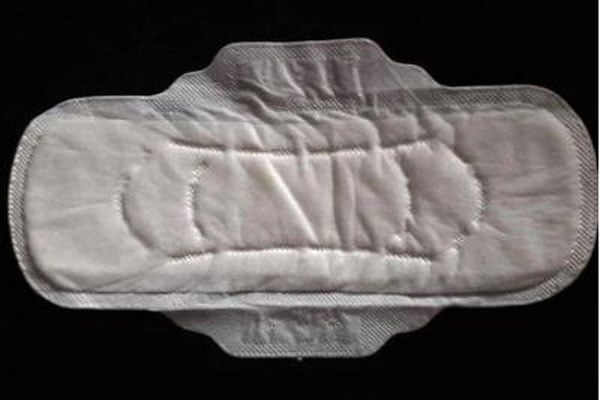Prime
Menstrual hygiene management in schools requires urgent attention

What you need to know:
- A recent assessment conducted across 40 randomly selected schools in Mityana and Kassanda Districts revealed gaps in implementing menstrual hygiene management (MHM) initiatives.
As schools prepare to reopen the new term, menstrual hygiene management should be given urgent attention. The lack of menstrual hygiene management practices in schools makes young girls miss many days, impacting their learning outcomes. A girl, on average, may miss about two to five days of school per month, which adds up to approximately 24 to 60 days a year.
Efforts to improve menstrual hygiene management in schools, including providing access to menstrual products, proper sanitation facilities, and menstrual health education, can help reduce the number of missed school days and promote gender equality in education.
A recent assessment conducted across 40 randomly selected schools in Mityana and Kassanda Districts revealed gaps in implementing menstrual hygiene management (MHM) initiatives. Effective menstrual hygiene management practices are crucial for promoting girls and young women’s well-being and educational attainment.
The assessment identified several challenges in the implementation of menstrual hygiene management practices in schools as discussed; Lack of information programmes: None of the schools in the Mityana and Kassanda districts reported having an information programme targeting the school, Parent-Teacher Association (PTA), or the community. This indicates a significant gap in raising awareness and educating stakeholders about menstrual hygiene, perpetuating myths and taboos surrounding menstruation, especially for first-time menstruators.
Only 25 percent of school in districts have separate washrooms for girls, and none have water and soap in girls’ washrooms or a designated disposal place for used pads. This lack of privacy and hygiene infrastructure tailored to girls’ needs negatively impacts their comfort, dignity, and overall menstrual hygiene management, making young girls miss school and potentially drop out.
Only a few schools reported providing comfort kits, booklets on puberty for boys and girls, teacher guidance materials, and visual aids on menstruation and puberty, while none of the schools reported having emergency sanitary towels for girls.
This lack of preparedness can leave girls unprepared for unexpected menstruation, leading to embarrassment and potential educational disruptions. Providing emergency pads in easily accessible locations within the school premises is necessary to support girls during such situations. The low availability of these resources hampers effective menstrual hygiene management education and support.
Only a few schools reported discussing menstrual hygiene with local nurses or health assistants. Involving healthcare professionals can provide accurate information, debunk myths, and educate young girls about proper menstrual hygiene practices.
While all schools reported having a designated teacher (senior woman) in charge of girls’ health, which demonstrates a commitment to addressing menstrual health and supporting girls’ health while at school, none of the schools reported providing menstrual hygiene management training to all teachers in the past two years, this implies a potential need for more knowledge and understanding among teachers about menstrual hygiene management and their role in supporting students during menstruation and other conditions. .
Based on the assessment findings, the following recommendations are proposed.
Raise Awareness: Develop and implement comprehensive information programmes targeting schools, PTAs, and the community to raise awareness about menstrual hygiene, debunk myths, and promote understanding.
Improve infrastructure: Allocate resources to establish separate washrooms for girls equipped with water and soap, as well as designated disposal places for used pads, ensuring privacy, hygiene, and proper waste management.
Provide menstrual hygiene materials: Ensure the availability of comfort kits containing pads, panties, soap, and educational materials on puberty for all menstruating students. Additionally, provide teacher guidance materials and visual aids on menstruation and puberty to enhance menstrual hygiene management education.
Engage healthcare professionals: Facilitate talks and workshops by local nurses or environmental health assistants to provide accurate information, address concerns, and promote proper menstrual hygiene practices.
Overall, the assessment findings highlight the urgent need to address the school menstrual hygiene management gaps. By improving infrastructure, providing essential materials, and enhancing awareness and support systems, schools can create an environment that promotes girls and young women’s well-being and educational attainment. It is crucial for stakeholders, including education authorities, communities, and healthcare professionals, to collaborate and prioritise implementing effective menstrual hygiene management initiatives in schools. Only through concerted efforts can we ensure that every child has access to proper menstrual hygiene management and the opportunity to thrive in their education
Godfrey Tumwizere ,




